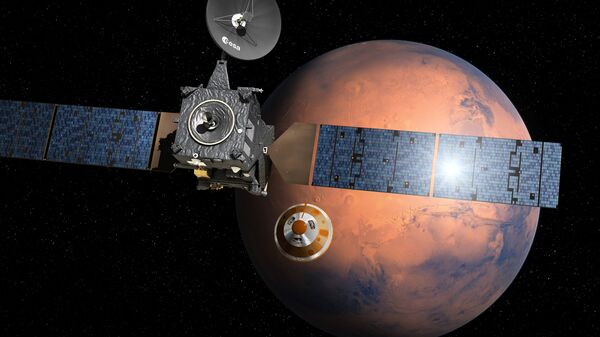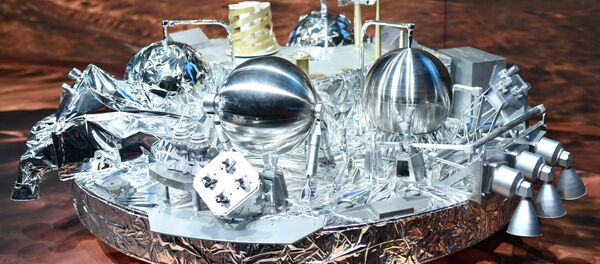“This is a great feeling because this will be the first successful landing for the European Space Agency on the Martian surface,” Pischel said.
“This is a demonstration landing because we plan to land a full fledge rover in 2020. The landing today is to demonstrate all the landing technologies which will be used later on in landing of the rover,” the head of the mission said.
Talking about the mission itself, Pischel said that some science instruments that will measure air conditions of the environment on the Martian surface have been taken as part of the mission.
“The instruments will measure wind, temperature, pressure and things like that. We should not forget about the orbiter which has four very important scientific instruments on board and which will later function as a relay station for the rover to relate signals from the rover to Earth.”
Regarding the first results and when does he expect the information to start coming in, the head of the ESA mission in Moscow said, “We should get some information about the success of the landing tonight. It is not only the landing, it is also the orbiter going around the orbit of Mars, so we hope to get all information tonight and by tomorrow morning we hope to get first pictures of the landing itself,” Pischel said.
“The main goal is to search for remnants of life on Mars. That is also the main reason why it’s called Exomars because exo comes from the word exobiology,” the head explained.
ESA is a joint project between European Space Program and Russia enterprise Roscosmos.
Talking about this partnership, Pischel said that it is a “very important partnership because for both missions Russia is providing the rockets and two out of four instruments on the orbiter which is now going into the orbit around Mars is also provided by Russian colleagues.”
He also said that Russia will provide the landing module for the mission in 2020, thus, they have a very important element in this mission.
“Sometimes you have to go far away to be together. It is very true that science and cosmic contact is really a bridge that we want to maintain contact over the political discussions.”
However this is just one element, whereas, the second one is that this is a very good example of a program where none of the partners could have done this alone. “We can only do this together and that is true for cooperation in space,” Pischel said.




